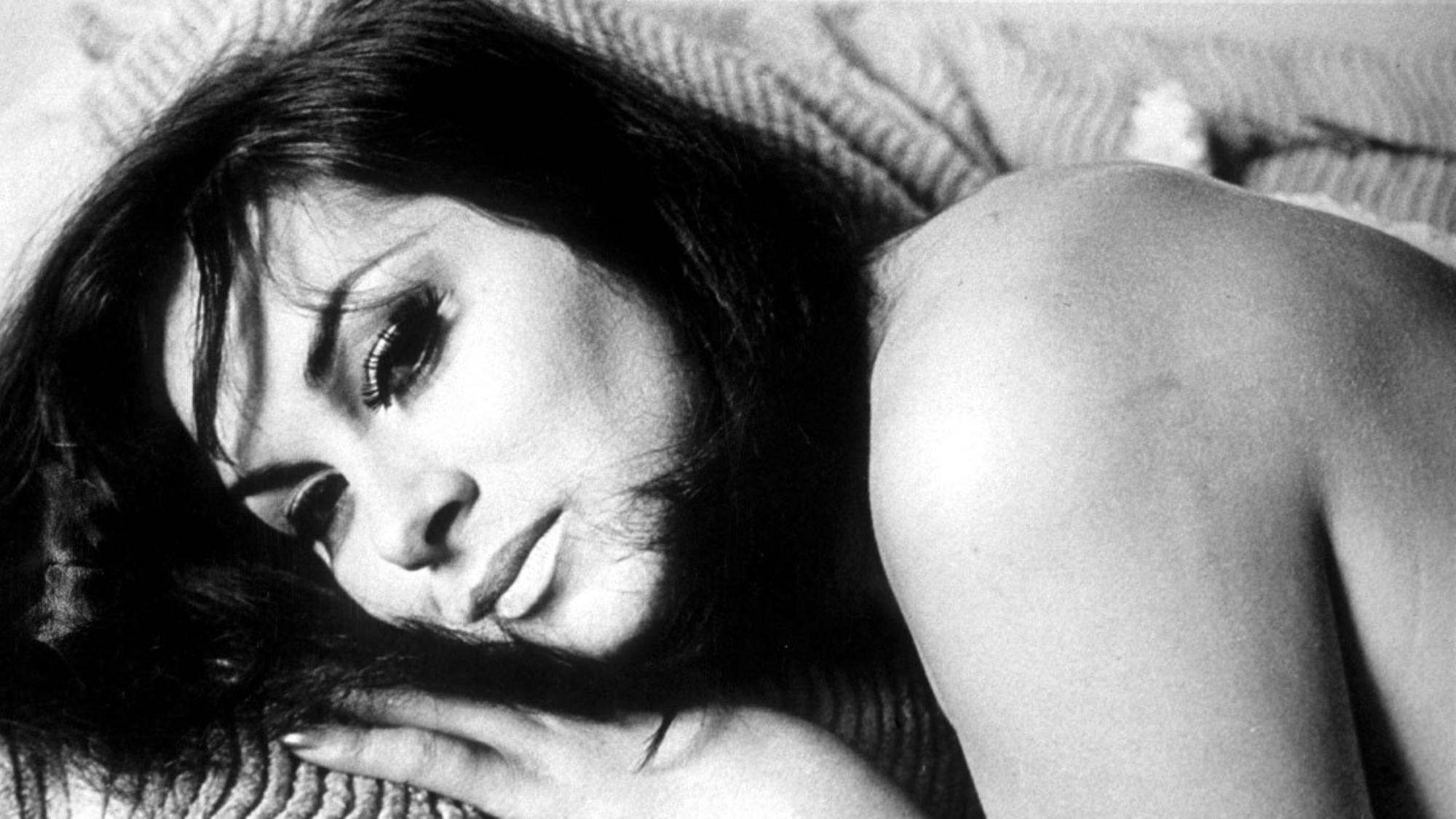Right now, we are experiencing an unparalleled explosion of transvisibility. Trans models walking the runway, trans actors ruling Netflix, and trans rappers racking 1.5m hits on YouTube, have all put the trans agenda squarely on the table. This may have seemed unthinkable even five years ago, but let’s not imagine this garden of Earthly delights bloomed overnight. Instead let’s pay homage to some of those living legends, who bridged the gap from historical intolerance to today’s “transgender tipping point”.
Andreja Pejic and Lea T are catwalk icons today, but back in the early 60s, April Ashley was Vogue’s darling. Photographed by David Bailey and Terence Donovan, she was cruelly “exposed” by The Sunday People, as a transwoman, and her career was ruined overnight. Determined to maintain her position in fashionable society she opened, AD8, a restaurant in Knightsbridge and became renowned as London’s most glamorous hostess. Defying conventions, and living openly ever since, she was awarded an OBE in 2012 for her work as a transgender activist; as Quentin Crisp said, “time is kind to the non-conformist.”
Along with AD8, one of the hottest spots in 70s nightlife was the infamous Chez Romy Haag, run by the eponymous disco singer and sex symbol herself. When in Berlin, everyone from Patricia Highsmith to Tina Turner to the Stones, and of course David Bowie, made a beeline for the club. Legend has it that Haag didn’t know who Bowie was when they first met, yet almost immediately the rock star left his wife behind and decamped to Germany to record his seminal Berlin trilogy. Haag was Bowie’s muse, on whom he based his iconic Boys Keep Swinging video, extending her influence into mainstream pop culture.
Nightclubs being the ancestral homeland of the gender radical, it’s hardly surprising that they have proven to be the incubator of so many legends. Amongst friends and collaborators, like Leigh Bowery and Michael Clark, cabaret star, Al-Lana Pellay, made a name for herself in the 80s as a singer and actor. Opening for The Fall, and playing the lead in the satirical movie Eat The Rich, Pellay was one of a slew of trans nightclubbers who played merry hell with fixed ideas of gender. Fellow northerner, Genesis P-Orridge, was labelled a “wrecker of civilization” in Parliament in response to their Pornography show with at the ICA. Perhaps best known for founding Throbbing Gristle and Psychic TV, P-Orridge’s work extends beyond music. P-Orridge and second wife, Lady Jaye Breyer, embarked upon the Pandrogeny Project, undergoing $200,000 of cosmetic surgery together, to reach a “re-union and re-solution of male and female to a perfecting hermaphroditic state”. All of which makes Kellie Malone’s story suddenly seem tame.
By now we’re familiar with statements such as, “all gender is performance”, proposed by the lionised Judith Butler, but it is Kate Bornstein’s 1994 book, Gender Outlaw, which offers a kinder, franker, lived understanding of gender (de)construction. As a MTF lesbian who chooses not to identity as a man or a woman, Bornstein’s radical challenge to binary thinking has made her one of the most prominent trans theorists, paving the way for bestselling authors like Janet Mock and Julia Serano. Indeed, one of Bornstein’s protégés is none other than Justin Vivian Bond, “the best cabaret artist of [V’s] generation” according to the New York Times. Like Bornstein, Bond’s marriage of glamour and intellect has earned V a global following. From the Obie winning performance duo, Kiki and Herb, to V’s memoir, movie roles, and fragrance, Bond has lit up the cultural imagination for almost four decades.
Outside of concert halls and lecture rooms, our trans pioneers have also conquered the X-rated market. Self proclaimed as “the man with a pussy”, Buck Angel is one of the world’s most famous porn stars. Angel became the first transmale star to appear in an all male gay skin flick and has since become an erotic phenomena, appearing on the Tyra Banks show, being sculpted by Marc Quinn, and setting the template for sites such as James Darling’s wildly successful FTM Fucker.
Nobody would ever suggest that the trans superstars of today have an easy ride – transphobia and the conservative backlash are very real. But consider this: when Wendy Carlos (a triple Grammy winner and composer of the A Clockwork Orange soundtrack) came out in Playboy, in 1979, she did so in the full glare of the media spotlight, a full 36 years before Caitlyn Jenner landed the cover of Vanity Fair. The very existence of such a plethora of trans talent in mainstream culture today would be unthinkable without the bravery and resilience of forerunners such Carlos, Haag and Bornstein. From nightclub stages to the pages of Vogue, their efforts made this moment possible, they are the people to whom this moment really belongs.
Credits
Text LaJohn Joseph
